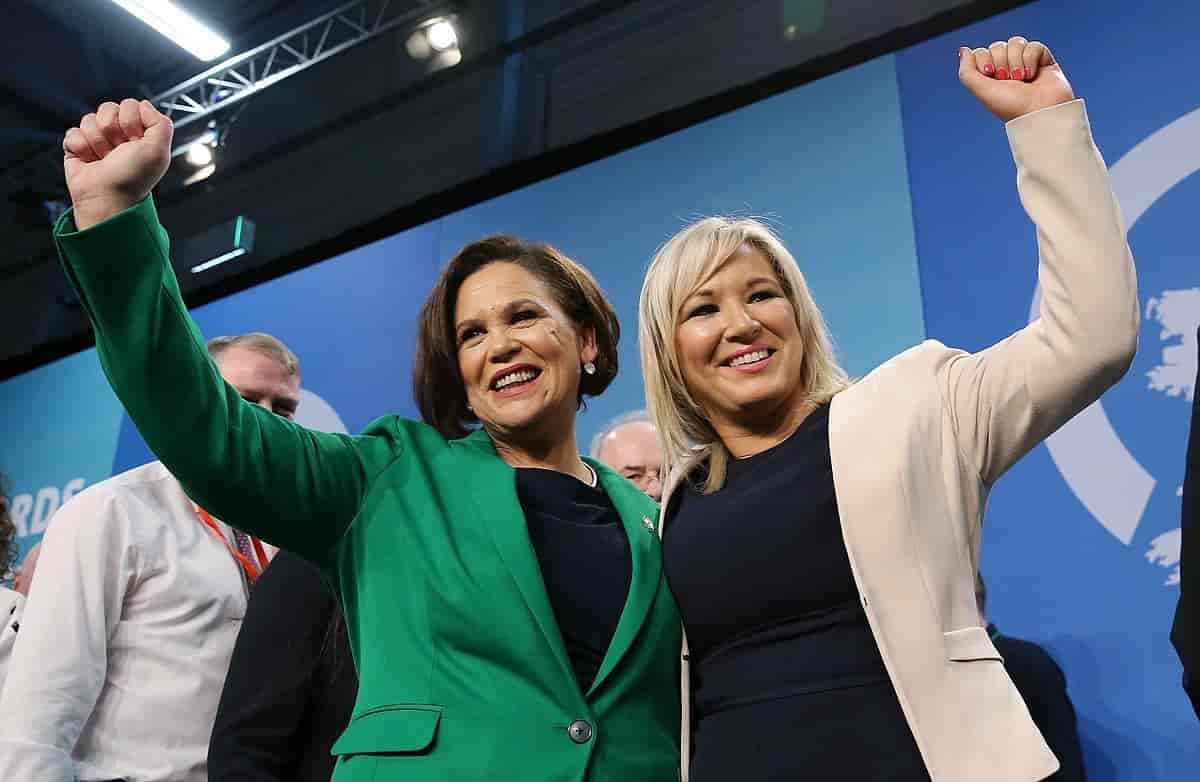Fianna Fáil emerged as the overall winner of Ireland’s General Election. Yet, this contest will be remembered through the remarkable rise of Sinn Féin; the left-wing, pro-Irish Unification party, who became the second largest party in The Dáil while also winning the popular vote.
If you had asked a political commentator which leader would benefit electorally from Britain’s agreed withdrawal deal from the EU, few would have predicted that Boris Johnson would win a stonking parliamentary majority while Leo Varadkar’s Fine Gael would slump to become Ireland’s third largest party.
Varadkar was commended internationally for his firm yet agile stance in negotiating against a perilous Brexit that could have curtailed Ireland’s stability. This success contributed to his downfall: voters approached the ballot box with the opinion that Brexit posed no immediate threat to prosperity, and thus focused on domestic issues. Indeed, RTE’s exit poll stated that only 1% of the Irish Electorate perceived Brexit to be an important issue.
Voters instead expressed their frustration against the centrist duopoly that has had a stranglehold on the Irish government since 1981. Fianna Fáil and Fine Gael were viewed as complicit partners in suffocating opportunity for under-65 year olds, many of whom have been unable to set foot on the housing ladder due to rising prices, and have instead been condemned to a life of low-regulation renting.
The election demonstrated an economic fallacy: low unemployment and a burgeoning GDP does not necessarily equate to a high quality of life for workers. The election result mirrored a growing trend in Western democracies, where discontented voters have given a bloody-nose to the status quo and have favoured more radical politics.
However, it would be an oversimplification to declare that this result provides a strong mandate for Sinn Féin to form a government. While it may seem incredulous on these shores, Ireland (like many other European nations) uses a PR-STV model for voting which encourages coalitions and compromise. Moreover, due to Sinn Féin’s previous capitulation in local elections, the party only fielded 42 candidates, which meant that Mary Lou McDonald’s chances of becoming Taoiseach were low from the outset. The most likely outcome is that either Sinn Féin becomes a junior-governing partner or that another General Election is called in the Spring to recalibrate Ireland’s parliamentary arithmetic.
Despite neither being a ‘unification’ nor a ‘Brexit’ General Election, the most profound implication from the result is that while it may be moving at a glacial pace, Ireland and Northern Ireland look set to unify in our lifetimes. The long-term statement of intent for Sinn Féin is clear; McDonald has promised to prepare for a border poll if she wins power.
While Johnson has, so far, been successful in waving away the Scottish case for independence, his options regarding Northern Ireland seem limited. The 1998 Good Friday Agreement enshrines that a border poll must be called when demographics favour unification. Young people across the island of Ireland already favour this, and incrementally this could possibly become the opinion of the majority.
The case for unification will be augmented by Brexit, as the terms of the UK’s withdrawal from the EU dictated that Northern Ireland must be in a quasi-customs union with the Republic, while also requiring checks on imports and exports travelling between Northern Ireland and Britain. Northern Ireland will become culturally and economically more entwined with the Republic, while simultaneously growing ever more distant from the Union. If the 2020 General Election marks Sinn Fein’s appearance as a more notable party in the Republic’s politics, the case for unification will eventually become deafening.
Jamie Welham
Image source: Store norske leksikon

